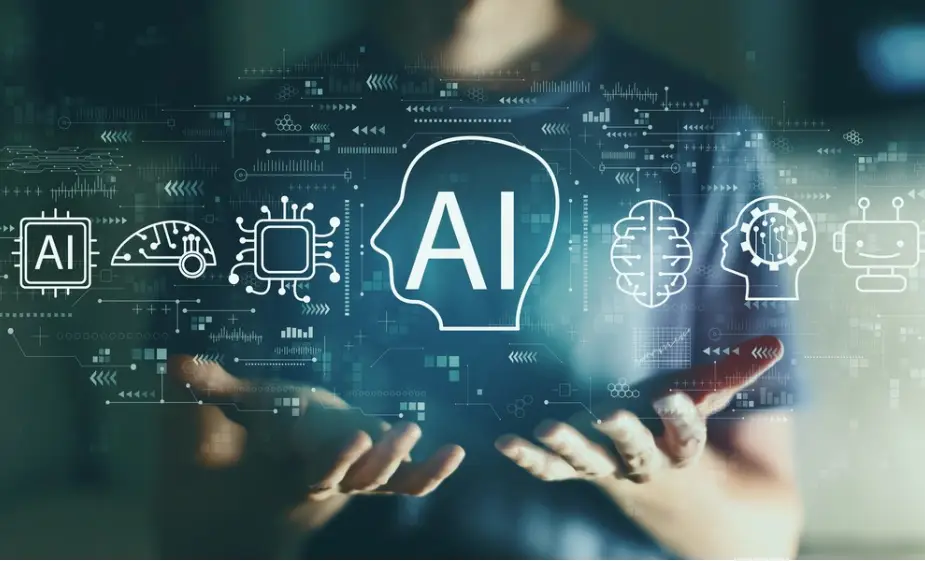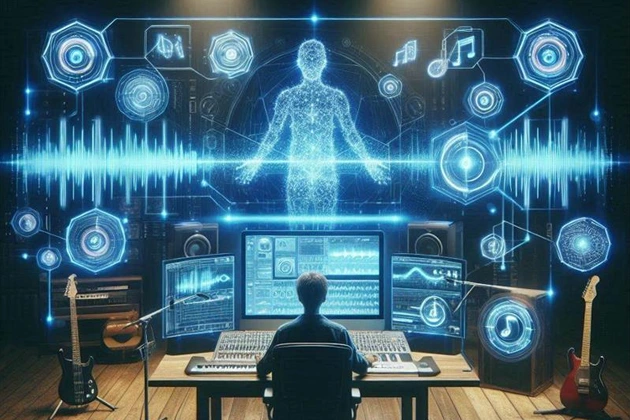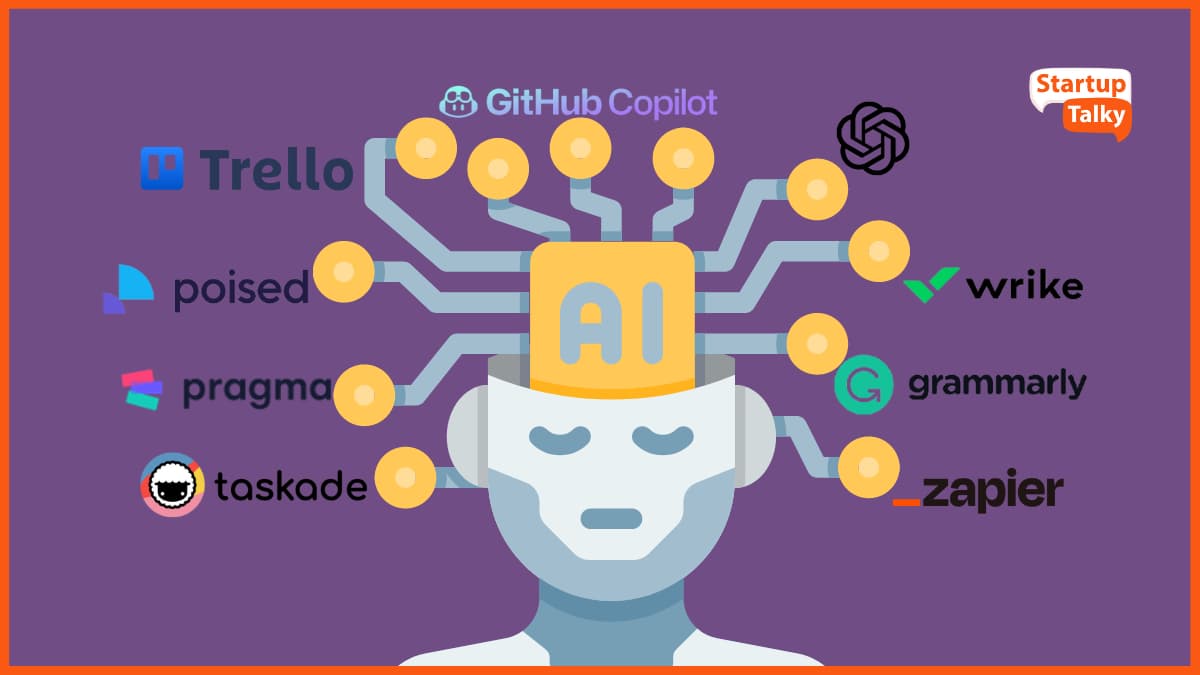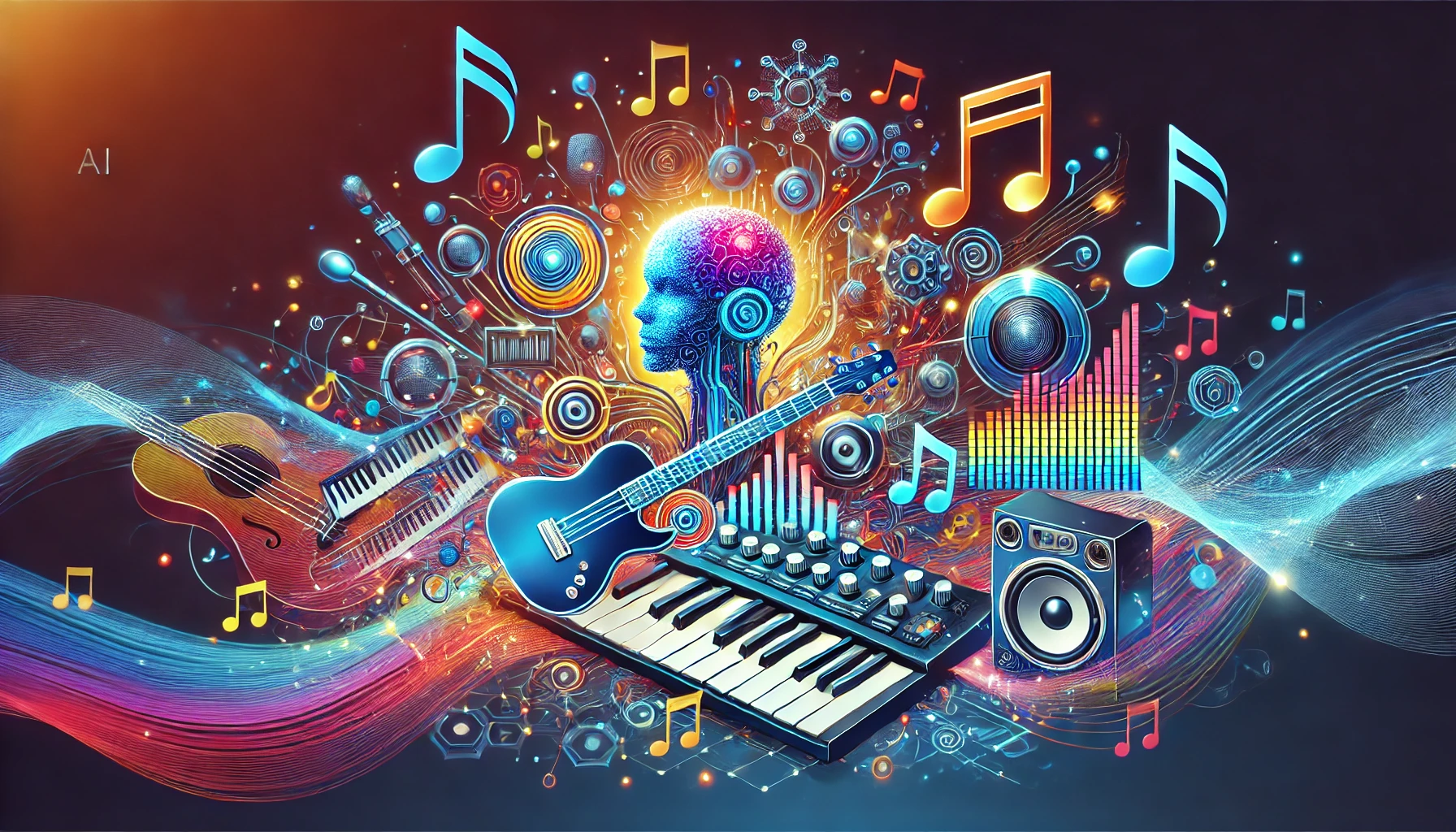Generative AI is evolving rapidly, bringing groundbreaking changes across industries. From realistic image creation to smart virtual assistants, recent innovations in generative AI are transforming how we work, create, and interact with technology. Let’s explore some of the most exciting advancements shaping the future.
1. Multimodal AI Models
One of the most significant innovations is the rise of multimodal AI models. These models can process and generate text, images, audio, and even video within a single system. For example, OpenAI’s GPT-4 and Sora can understand image prompts and produce highly contextual responses across multiple formats, enabling richer human-AI interaction.
2. Real-Time Video and Audio Generation
Tools like Sora and Runway ML are pushing the boundaries by generating realistic video content from text. Meanwhile, AI voice generators like ElevenLabs and Resemble AI can create natural-sounding speech with emotional tone, enabling applications in voiceovers, dubbing, and virtual characters.
3. Advanced Creative Design
Generative AI is revolutionizing design through tools like Midjourney, DALL·E, and Adobe Firefly. These platforms can turn simple text into stunning visuals, mockups, logos, and animations, empowering creators to prototype ideas faster than ever.
4. Intelligent Coding Assistants
AI-powered coding tools like GitHub Copilot and Replit AI are transforming software development. These tools suggest code, detect errors, and help automate routine tasks, making programming faster and more accessible even for beginners.
5. Personalized AI Assistants
AI is becoming more personalized and context-aware. New AI assistants can remember past interactions, follow detailed instructions, and integrate with tools like calendars, emails, and documents. This makes them powerful productivity companions for daily tasks.
6. Generative AI in Healthcare
In healthcare, generative AI is being used for faster drug discovery, clinical report generation, and personalized treatment planning. By analyzing vast amounts of data, AI models can generate new hypotheses and speed up medical research.
7. AI-Generated 3D and AR Content
Startups are leveraging generative AI to produce 3D models and augmented reality (AR) assets from simple inputs. This is revolutionizing industries like gaming, architecture, and e-commerce by reducing the time and cost of asset creation.
8. AI-Driven Music and Sound Design
Tools like Soundraw and AIVA allow users to generate original music based on genre, mood, or scene. Whether for films, games, or marketing, AI-generated audio is offering more flexibility and customization in sound design.
9. Customizable Foundation Models
New frameworks now allow developers to fine-tune large language models on specific datasets. This makes generative AI more adaptable and capable of serving niche business needs, such as legal document drafting or scientific research support.
10. Ethics and Responsible AI Innovation
Companies are also innovating in the area of AI ethics. Efforts to detect AI-generated content, prevent misuse, and improve transparency are being built into modern generative AI systems to ensure safer usage.
Conclusion
Innovations in generative AI are accelerating, opening up endless possibilities for creators, developers, and businesses. As these tools become more powerful and accessible, they’re reshaping industries and everyday life. Staying updated on these advancements is key to unlocking the full potential of this transformative technology.







Leave feedback about this